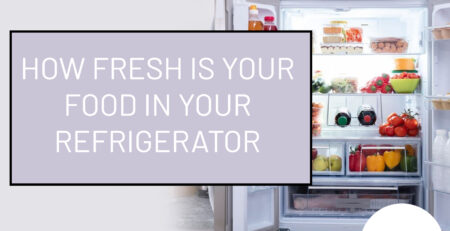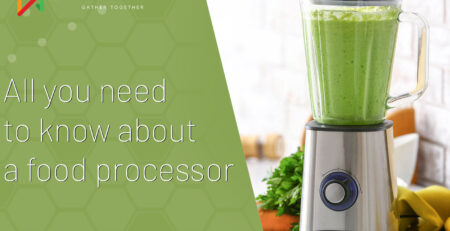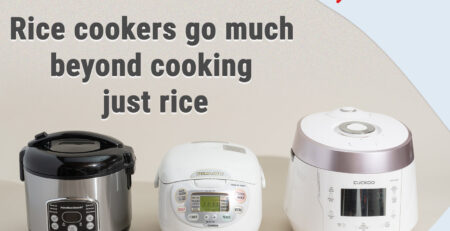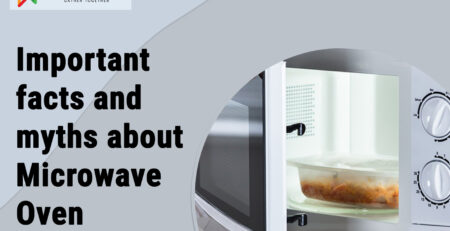What Not To Add To Your Blender For Its Longevity?
Your blender has been satisfying your smoothie, sauce, hummus, and margarita cravings over the years, so it is natural to believe that this incredibly versatile kitchen gadget is virtually indestructible. Undoubtedly, the creative applications of your blender have resulted in some mouthwatering dishes.
Nevertheless, it is equally crucial to be mindful of its limitations to prevent unfortunate culinary mishaps and potential damage to both your food and the blender itself. This includes scenarios like dull blades, lids that pop off unexpectedly, and containers that end up in pieces. In order to maximize your blender’s lifespan and preserve its peak performance, we have compiled a list of 11 items you should steer clear of blending under any circumstances.
1. Ice cubes – Ice cubes might seem harmless, but they can wreak havoc on your blender’s blades. The extreme hardness of ice can dull the blades, damage the motor, and ultimately shorten the appliance’s lifespan. You must opt for crushed ice or use a machine with a dedicated ice-crushing function.
2. Hot Liquids – Blenders are designed for use with cold or room-temperature ingredients. Pouring hot liquids into them can cause pressure to build up and result in a dangerous explosion. To blend hot soups or beverages, allow them to cool first or use a specially designed immersion blender.
3. Hard Spices – While blenders are excellent for grinding spices, they may struggle with whole spices like cinnamon sticks, nutmeg, or cloves. These hard substances can strain the motor and damage the blades. Pre-grind them with a mortar and pestle or invest in a dedicated spice grinder.
4. Bones – Blenders and grinders are not equipped to handle bones, whether it’s for making bone broth or grinding chicken bones. Bones are incredibly dense and can damage the blades or even break the appliance. Use a food processor or a designated bone grinder for such tasks.
5. Whole nuts and Dry Fruits – While blenders can handle softer nuts like cashews and almonds, they can struggle with harder nuts like walnuts and macadamia nuts. Whole nuts can be too tough for the blades, causing them to wear down and potentially damage the motor. Pre-chop or crush harder nuts before blending.
6. Coffee Beans – Grinding coffee beans is a popular use for kitchen appliances, but using your blender is not ideal. Coffee beans are oily and can leave a residue that is challenging to clean. Use a coffee grinder for a more consistent grind and to preserve the aroma and flavor of your coffee.
7. Frozen fruits or food – Attempting to blend oversized or exceptionally firm frozen ingredients, such as fruits or almond butter, has the potential to shatter your blender container. A more prudent approach involves allowing these frozen items to thaw for about 10-15 minutes before introducing them to your blender. Additionally, it is advisable to use smaller, more manageable portions for optimal results.
Your blender is a versatile kitchen appliance, but it has its limitations. Understanding what not to put in it is essential to ensure its longevity and safety. By avoiding the above-mentioned items, you can keep your kitchen appliances in excellent working condition and enjoy their benefits for years to come.












